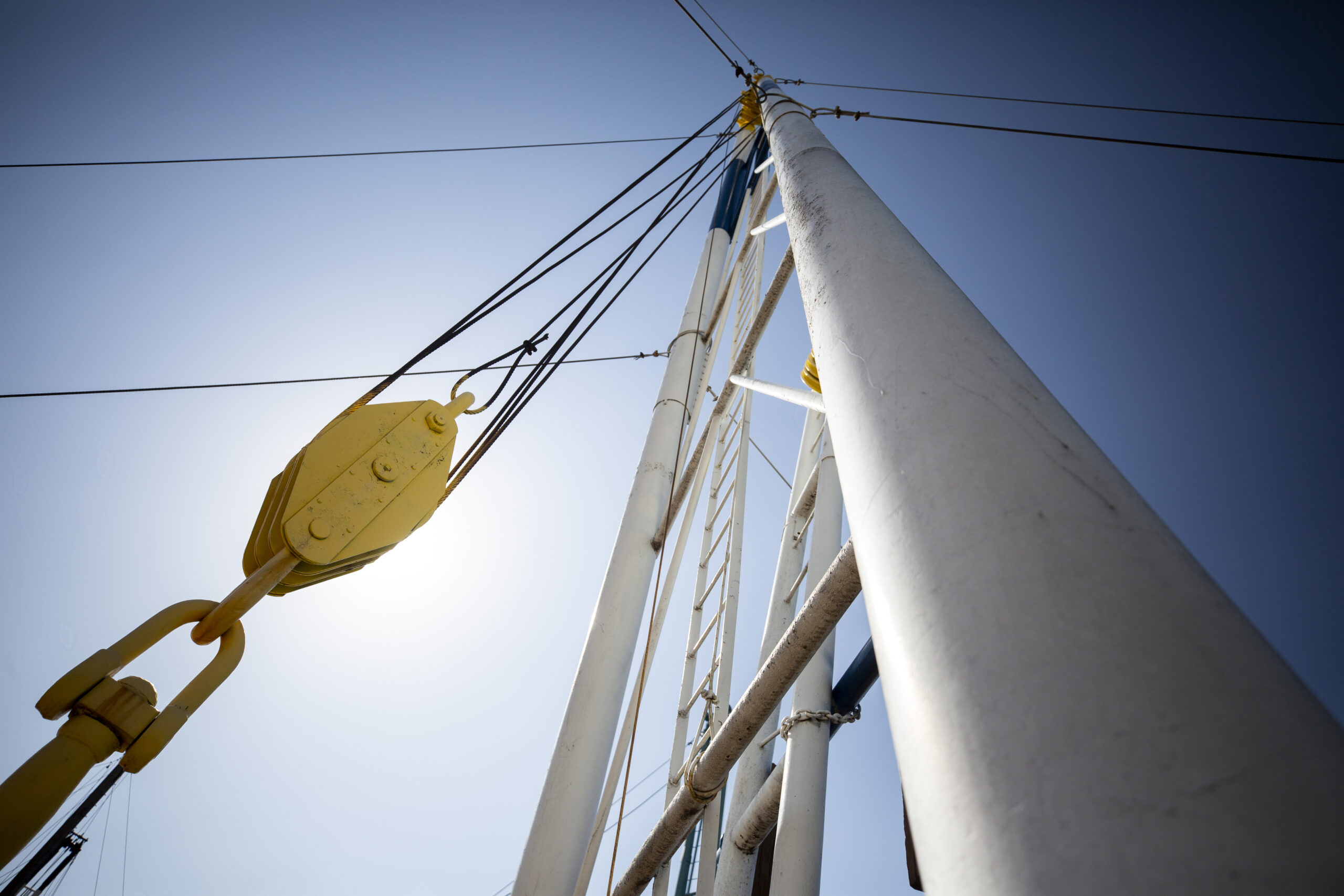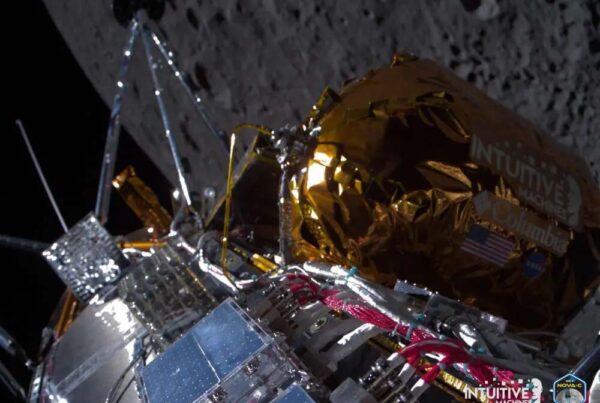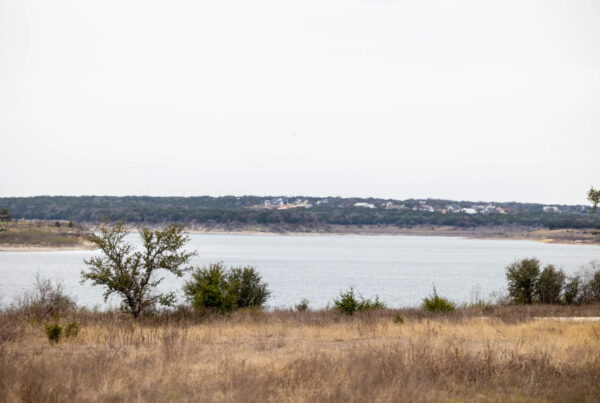The oil in the Permian basin is hundreds of millions of years old. But the folks calling the shots in the Texas oil industry seem to be getting younger.
To give just one example, Midland-based Diamondback Energy announced earlier this month it would acquire rival Endeavor Energy Partners for $26 billion.
Diamondback is led by 62-year-old Travis Stice, but waiting in the wings is Kaes Van’t Hof, a 37-year-old former tennis phenom from Southern California.
So what does this change mean for the industry?
Russell Gold wrote about this issue for Texas Monthly, and he said it is too early to see the full scope of changes brought on by a new generation of leaders. However, it is telling that so many young people are still pursuing this field.
“What’s fascinating to me is that the oil and gas industry people sort of talk about it as ‘Well, it’s the past, not the future.’ But there’s a whole new generation coming up that’s looking at this and saying, ‘You know what? The Permian Basin is going to be around for a while.’ And they are making a career out of it,” Gold said.
“The executives I’m seeing… they have financial, not really engineering backgrounds. And they’re beginning to put their own stamp on the Permian – more interest and more focus on dealing with flaring and some of the environmental issues that have been plaguing the basin.”
Gold said the industry is facing an unusually high level of generational turnover at the moment.
“If you go back a few years, there was a lot of concern at what they called the ‘great shift change’ — that oil and gas was getting older, the workers were getting older and there wasn’t a new generation coming behind them,” he said. “And I think what we’re seeing right now, what I’m seeing is, that there is a new generation – whether it’s executives, whether it’s roughnecks, whether it’s oilfield service crews. There are people who are willing to go out to the Permian Basin and say, ‘look, we want to make a career out of this. We see running room.’”
Gold said this new generation is coming up against pressure related to climate change more than previous leaders did.
“If you look at all of the international discussions about climate, people are talking about how much running room do we have, how long can we use oil and gas for? And let’s replace all the internal combustion engines with electric vehicles by 2030 or by the year 2035,” Gold said. “This is a generation that’s saying ‘this is going to be around for a while. And we’re willing to go out there and work on it.”
The Permian Basin is also more productive than it was even a decade ago — about four times more productive, in fact.
“Two things that happened. One is fracking. The industry figured out how to frack oil and gas wells, especially oil wells,” Gold said. “And the other is these new long horizontal wells that all of a sudden the industry can get at oil and produce efficient wells in ways that they never were able to before.”
According to Gold, the biggest factor for the Permian Basin going forward is going to be demand, not supply.
“There’s plenty of oil out there still to be gotten, whether it’s in the Permian or other basins around the world,” he said. “The question for this new generation of executives seems to be, how do you make the Permian Basin relevant into the 2030s, into a time when we’re probably going to be much more concerned and interested in climate change?
And how do you make an oil and gas basin that not just can survive, but might be able to thrive in a world where we’re very concerned about climate change, and we’re also very concerned about having enough energy and affordable energy going forward?”















